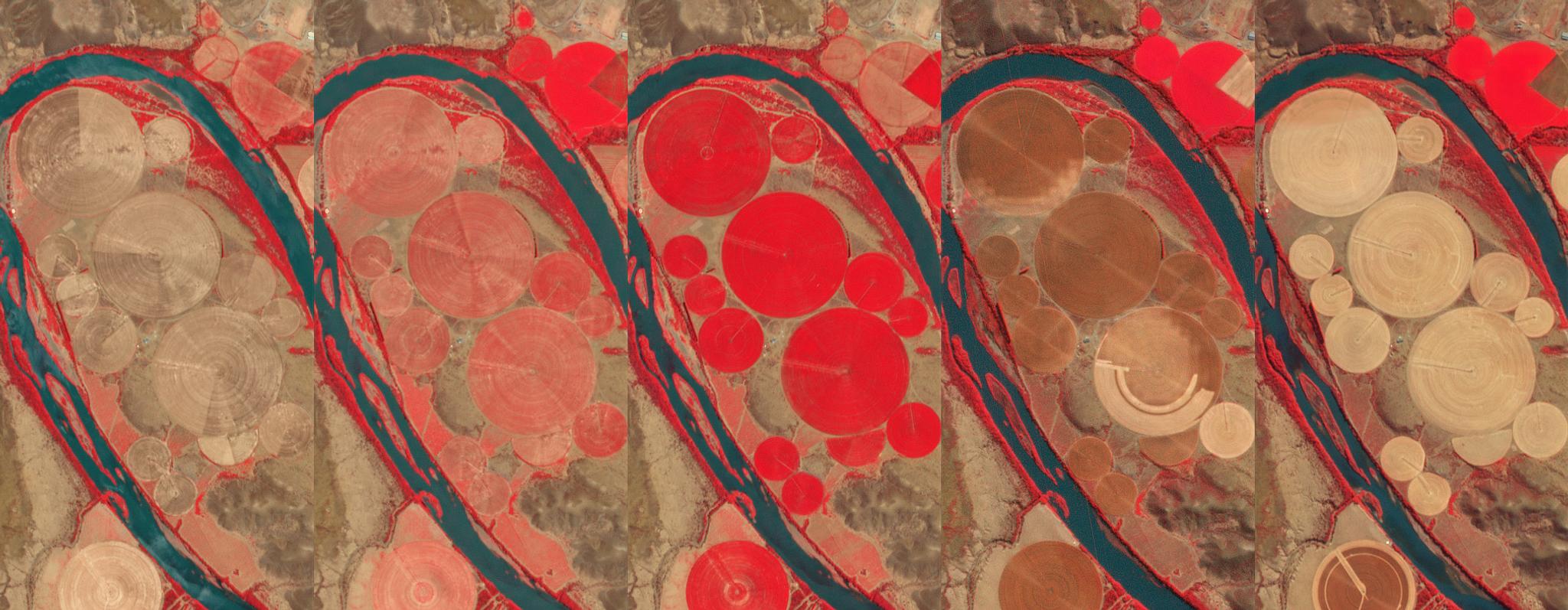Planet Experts Discuss Future of Analysis Ready Data at 2019 ARD Workshop
Last week Planet engineers helped organize the Analysis Ready Data (ARD) Research Workshop in Menlo Park, California, an event where great minds met to tackle the burning topic of how to make ARD operational in 2019. The event’s purpose was to educate and create collaborations across various industries, including data analytics providers, researchers, EO data providers, NGOs, and government agencies like USGS, ESA and NASA. Gopal Erinjippurath, Planet’s senior director of analytics engineering, moderated a panel on ML-ready ARD. The panel was an effort to better understand what constitutes readiness of ARD for ML-based applications and get various experts to weigh in, as Erinjippurath explains in a recent article. “Historically, there was insufficient cross-pollination between computer vision practitioners and remote sensing scientists,” Erinjippurath says. “But in recent years they’ve been coming together to drive massive growth in scaled deep-learning powered computer vision capabilities, which is vital to innovation in analytics for remote sensing data.” ARD is a loose term to define a type of imagery that is pre-processed so that users can do analysis on it; it should not require a lot of work from users on the back-end to process the imagery themselves, says Chris Holmes in his explanatory piece from 2018. These processing steps include everything from searching and downloading to seeking out different provider portals to “clipping” data to pinpoint the specific areas they want to analyze, etc. “The typical satellite imagery expert looking to do any sort of time-series analysis has a number of preparatory steps they must take before beginning,” Holmes writes. “The idea behind analysis ready data is that providers of satellite imagery are in a better position to undertake these routine steps than the average user.” Different approaches to harmonization of data were presented by experts at the workshop, coupled with suggestions on electing standards for how to approach ARD moving forward. Here at Planet, we have been focusing on championing ARD within the wider community and pushing for standardization of operations and data representation for wider interoperability of public and commercial earth observation datasets. As I explained in last year’s ARD Workshop recap, the lack of standardization is a critical issue that demands immediate attention. Despite the incredible power of satellite imagery, true interoperability remains elusive because of the difficulty in turning raw pixels from different sources into comparable insights. Even the most seasoned users of satellite data are forced to search for data across different locations and massage the imagery in order to perform analysis. There’s no widely adopted, standardized definition of “analysis-ready data,” or ARD, to which all practitioners adhere. At the workshop, I helped chair the technical program with the help of colleagues from the industry. In particular I led a working group to help define an open-source effort to capture (in code) a proposed product level specification that can be computer readable. If you are interested in geospatial analysis and in how we unleash the power of our EO payloads by leveraging community standardization efforts, contact me at ignacio@planet.com with inquiries.

Ready to Get Started
Connect with a member of our Sales team. We'll help you find the right products and pricing for your needs


